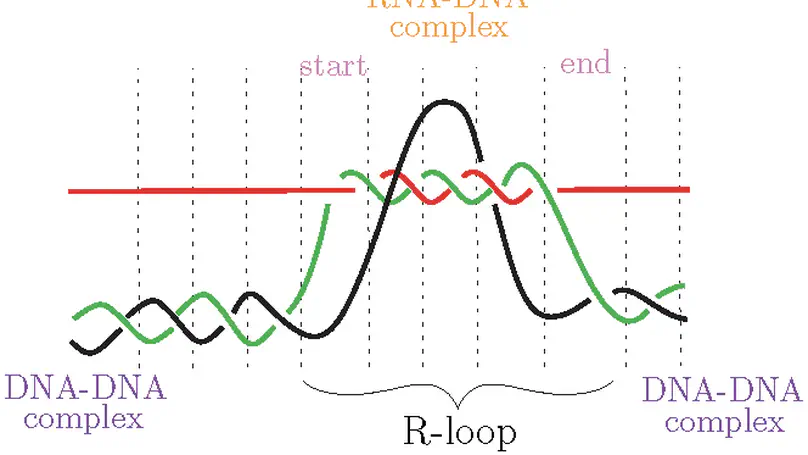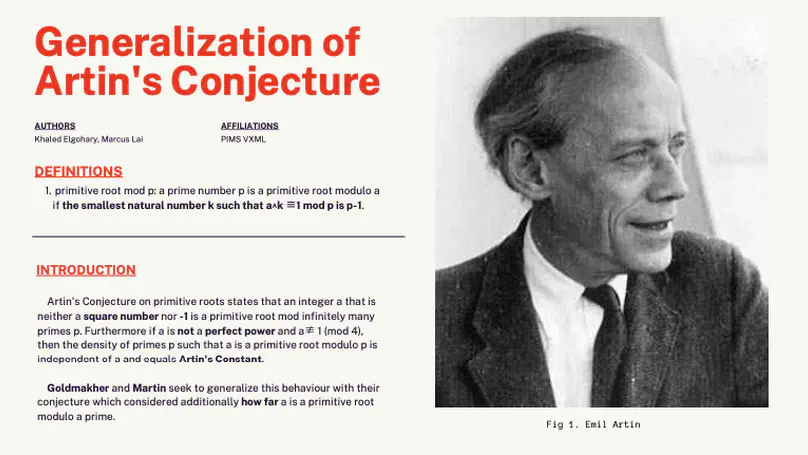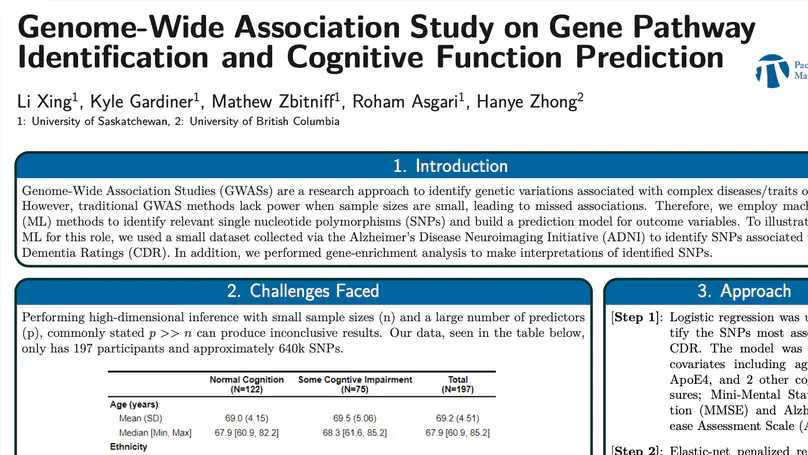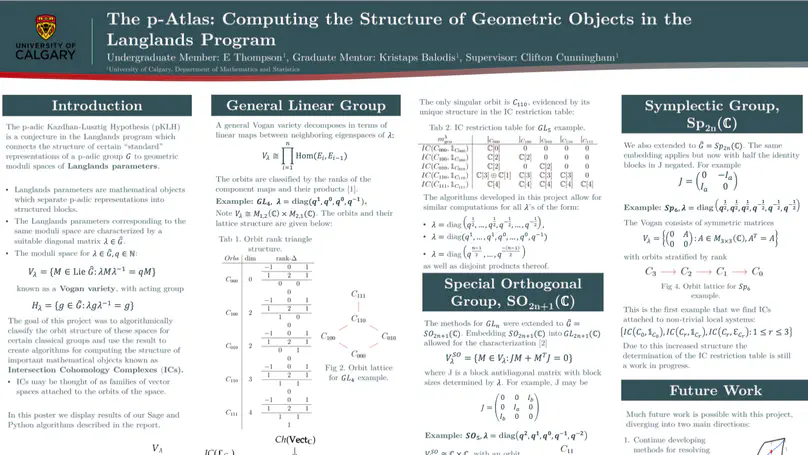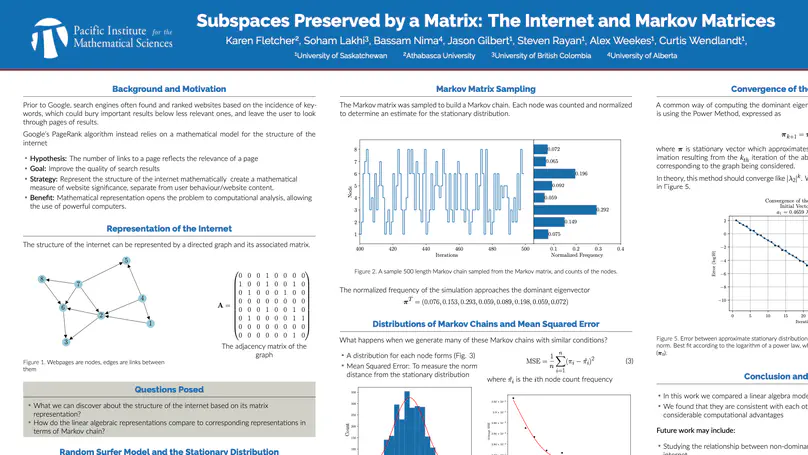PIMS Virtual Experimental Mathematics Lab (VXML)
Beginning in the 2024-2025 academic year, PIMS is working toward supporting more in-person programs at its member sites, so will be transitioning the VXML program to a program providing support to these local XML activities. Calls for new XML projects at these sites will be conducted locally. Students wishing to participate in a local XML should visit the XML at their PIMS site (see below).
About VXML/XML
XML projects consist of a research project proposed by a faculty member and a team made up of the faculty member, a graduate student mentor and a small group of undergraduate students. These teams work together over the course of the academic year to tackle the problem, typically using a mixture of computational tools such as CoCalc or Jupyter.
To get involved with the XML program, please select one of the local sites below. Each XML organizes it’s own call for projects and participants so deadlines may vary.
- WXML at the University of Washington
- MXML at the University of Manitoba
- QuantTA at the University of Saskatchewan
PIMS is currently working to expand this list of local XML sites. If you are a faculty member at a PIMS Member Institution who is interested in setting up a new XML, please see the see the get involved section for more information about how PIMS can help you get started.
How it works…
Research problems are proposed by a faculty member or postdoc at a PIMS member (or affilate member) university, and a project team consisting of the mentor, a graduate student and 2-4 undergraduate students are formed to work on the problem. Teams commit 6-8 hours per week to work on the project and to meet to discuss their discoveries. Students will use a mixture of computational tools such as CoCalc (Sage Math Cloud) or Jupyter, to work and collaborate with each other.
At the end of the year there is an open-house event where discoveries can be showcased and any results presented. Finally, a written report is prepared by the project members as a record of their work.
The Axioms of XML
The VXML strongly believes in Federico Ardila-Mantilla’s axioms :
- Axiom 1: Mathematical talent is distributed equally among different groups, irrespective of geographic, demographic, and economic boundaries.
- Axiom 2: Everyone can have joyful, meaningful, and empowering mathematical experiences.
- Axiom 3: Mathematics is a powerful, malleable tool that can be shaped and used differently by various communities to serve their needs.
- Axiom 4: Every student deserves to be treated with dignity and respect.
Recent Projects

In this project, students will strengthen their knowledge of graph theory and delve into geometric techniques for graph representation. Beginning with a review of relevant literature on the notion of boxicity, participants will apply different methodologies to establish bounds for boxicity across various graph classes. In addition, students will be tasked with developing heuristics and algorithms to ascertain the boxicity of select graphs from the studied graph classes. This pivotal step often yields critical insights and intuitions regarding the behavior of the respective graph classes.
Previous Projects
Here are some completed projects from previous iterations of the VXML program.
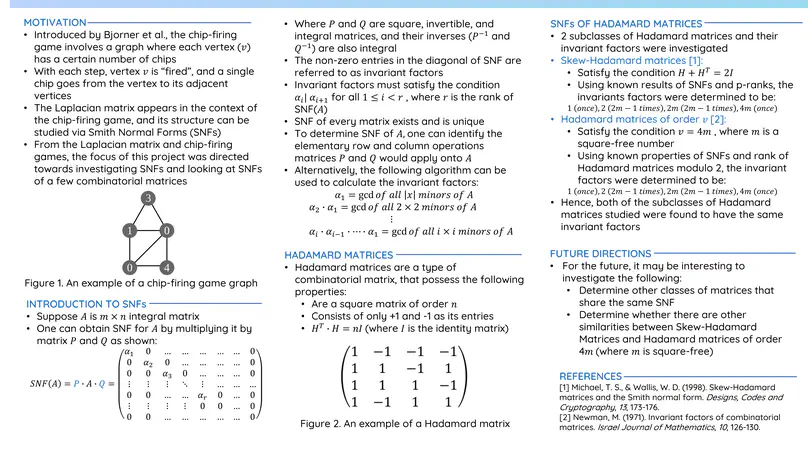
Project Leader Venkata Raghu Tej Pantangi, University of Lethbridge Mahsa N Shirazi, University of Manitoba Graduate Mentor Junaid Hasan, University of Washington Undergraduate Team Members Jaskaran Singh, University of Manitoba Anu Singh, University of Saskatchewan Problem Statement The Smith Normal Forms (SNF) of an incidence matrix is a powerful invariant that may help distinguish the underlying incidence structure.
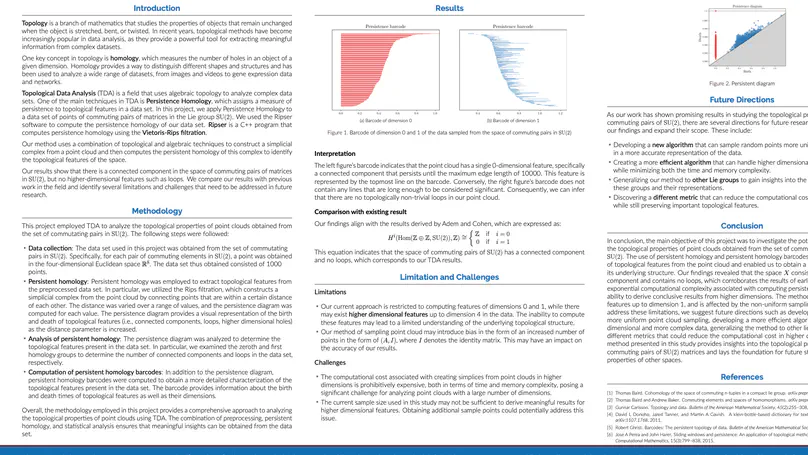
Topological Data Analysis (TDA) applies classical methods of algebraic topology to investigate and make inferences about the topology of (possibly large/complex) data sets. In this project, students will learn the fundamentals of topological data analysis and apply them to areas of current interest at the interface of geometry, topology and physics.
Get Involved
To get involved in the XML program as a participant, please select one of the local sites below. Each XML organizes it’s own call for projects and participants so deadlines may vary.
- WXML at the University of Washington
- MXML at the University of Manitoba
- QuantTA at the University of Saskatchewan
PIMS is currently working to expand this list of local XML sites. If you are a faculty member at a PIMS member institution who is interested in starting an XML, please see the “Coordinator Responsibilities” below for more details of what is involved. PIMS may be able to offer (limited) financial and administrative support to get your lab started. For more information, or to begin the process of starting a new local XML, please complete the Starting a New XML form .
XML Coordinator Responsibilities
As an XML lab coordinator, you will be responsible for soliciting and selecting new XML projects from postdocs at your site each year. This is typically done in the weeks before the start of the fall term, so that you can start advertising the selected projects to undergraduate students at the beginning of term.
Once students start applying, you will need to assign them to projects, matching their skills and attributes with the needs of the project to build effective teams. Next you will need to arrange a kick off meeting three or four weeks into the term, to set expectations for all participants and to connect the groups with any resources you can offer them (e.g. computational resources).
Throughout the term, you should stay in close contact with the project mentors to help them address any challenges they are facing and to make sure they have realistic goals and a good chance of achieving them. You may wish to organize periodic check-in meetings to stay on top of this.
Two or three months before the end of the academic year, you should contact all of the project members to arrange a wrap-up meeting. This meeting is typically held at the end of the term, and can be tricky to schedule with the exams and other responsibilities the students have. At the wrap up meeting, students should present their work to all of the XML members for feedback. Finally, a written report should be prepared by the students a few weeks after the end of term.
Contact
- help@pims.math.ca
- +1 604 822 3922
- 4176-2207 Main Mall, Vancouver, BC V6T 1Z4
